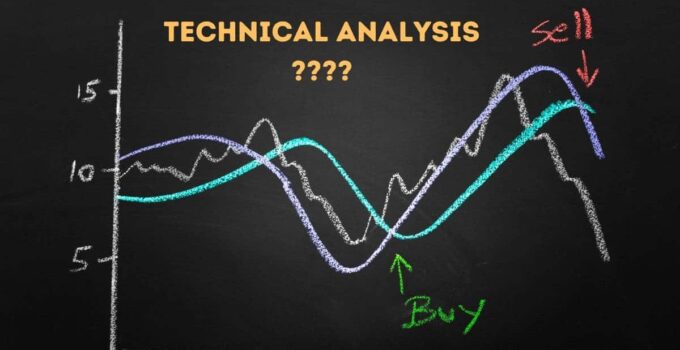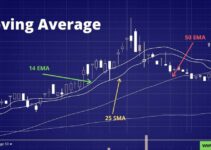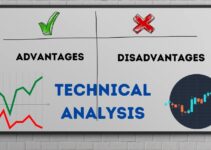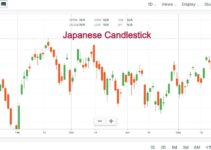Technical Analysis It means a method of evaluating securities by analyzing statistics generated by market activity, Past prices, Volumes.
- TA does not attempt to measure intrinsic value.
- Instead look for patterns & indicators on charts to determine future performance.
- TA focus on price & volume data
Technical Analysis is based on the assumption that security prices move in trend & that those trends are likely to repeat themselves over time. Hence if you can recognize a trend on the charts. You can determine where prices are likely to go to unexpected events happens that create new trends.
Main Principles of Technical Analysis
1.Markets Reflect Everything
The market discounts everything (every possible news)
- The actual price is a reflection of everything known to the market that could possibly have affect on price movements. and includes supply and demand, political factors, and the market sentiment.
2.Prices Move in Trends
- The market trend is simply defined as the direction of market prices, a concept that is essential to the success of technical analysis in day trading. Prices can move in three directions – either they can move up, down or sideways.
- Identifying trends in theory is simple; a price chart will usually indicate the prevailing trend as characterized by a series of waves with obvious peaks and troughs.
- It is the direction of these peaks and troughs that constitutes the market trend, if they move up, the trend is bullish, if they move down the trend is bearish and of course if they move sideways then the market is in a period of consolidation.
3.History Tends to Repeat Itself
- In case of technical analysis, the trader psychology that affects prices is extremely important, as human nature is repetitive and this shows up in repetitive price patterns. Thus it is believed that history tends to repeat itself.
- This allows anyone using technical analysis in day trading to predict where prices are likely to go next and traders can then act upon this information for profit.
Study Based on Three Factors.
- Focus: Price & Volume.
- Data: charts.
- Goal: Trading.
Technical Analysis Is Based On Assumptions
- The law of demand & supply drives prices in the market.
- Prices in freely traded markets are determined more by the attitudes of the traders to the emerging fundamentals than by the fundamentals themselves.
- They are driven by emotions of one extreme to another — from greed to fear, hope to despair and so on. This reality is what drives the markets up and down
- The market moves in trends. Up. Down, Sideways.
- TA assumes that, at any given time, a stock’s prices reflects everything that has or could affect the company.
Technical Analysis Believes.
- TA believes that securities moves in very predictable trend & patterns.
- Trend continue until something happens to change the trend.
- until that change take place, price level are predictable.
Main Technical Analysis Indicators
- TA indicators are mathematical equations that summarize price action.
- Moving average.
- Oscillators.
- Stochastic.
Difference Between Technical Analysis & Fundamental Analysis
| Factors | Fundamental Analysis | Technical Analysis |
|---|---|---|
| Definition | Value calculated using various economic factors | Uses price movements & patterns on charts to predict future price movements |
| Data form | Economic reports, news events, industry factors | Chart analysis |
| Asset Bought (Sold) | when price falls below (above) intrinsic value | when trader sees a price formation that has a high probability of moving into profit in near future |
| Type of Trader | Usually longer term position traders | Generally swing traders & short term day traders |
| Time Horizon | Often holding for days, weeks, or even months | Can be long, but most take positions for days, minutes, or even seconds |
| Concept Utilized | Report expectations vs actual outcomes, current news events compared to historical events | Trendlines, support & resistance (supply & dem&), dow theory, price patterns |
More Useful Article




